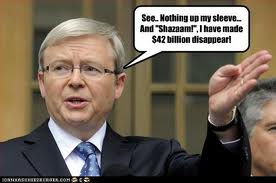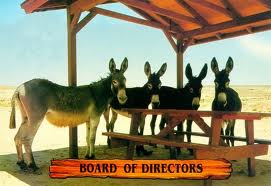 This non-profit professional loves Thanksgiving! Yes, as you can tell from my picture, I love the epicurean delights that grace my table for this holiday. However, what I really love has almost nothing to do with food . . . it is the idea of taking time to simply say “thank you” that really appeals to my inner non-profit soul. It is for this reason I believe Thanksgiving is quintessentially a non-profit holiday.
This non-profit professional loves Thanksgiving! Yes, as you can tell from my picture, I love the epicurean delights that grace my table for this holiday. However, what I really love has almost nothing to do with food . . . it is the idea of taking time to simply say “thank you” that really appeals to my inner non-profit soul. It is for this reason I believe Thanksgiving is quintessentially a non-profit holiday.
What are you doing this Thanksgiving holiday to reach out to your donors and volunteers and express your thanks and gratitude?
When I worked for the Boy Scouts more than a decade ago, I found tremendous joy in cooking a full-blown Thanksgiving meal for my District Committee. Mmmmmm . . . I remember it as if it were just yesterday. Turkey, ham, stuffing, mashed potatoes, beans, rolls, dutch oven cobbler . . . prepared and served with my own two hands in the church basement we used to meet every month.
After feeding 50 of my best donors and volunteers, I relished the opportunity to take 2- or 3-minutes and tell them how thankful I was for their help and support. I also highlighted a handful of our collective successes from the last year.
 Years later, as I worked with local Boys & Girls Club affiliates throughout the Midwest region, we worked on developing “thank-a-thon” events to steward donors around the Thanksgiving holiday. This was simply a handful of board volunteers who were armed with a list of donors, short script, and telephone. The message was short and sweet . . .
Years later, as I worked with local Boys & Girls Club affiliates throughout the Midwest region, we worked on developing “thank-a-thon” events to steward donors around the Thanksgiving holiday. This was simply a handful of board volunteers who were armed with a list of donors, short script, and telephone. The message was short and sweet . . .
- thank you for your support,
- your support made a difference,
- we accomplished X/Y/Z and couldn’t have done it without the support of caring and generous people like you,
- we hope we can continue to count on your support in the future, and
- this Thanksgiving we give thanks for people like you. Enjoy the holidays!
 There was no solicitation for money. There was no guilt. It was an expression of simple gratitude. It demonstrated that donors and volunteers were part of a larger family — our “non-profit family”.
There was no solicitation for money. There was no guilt. It was an expression of simple gratitude. It demonstrated that donors and volunteers were part of a larger family — our “non-profit family”.
What are your personal plans to steward board volunteers, donors and volunteers this holiday season? I see many non-profits doing something. So, please take 30-seconds and share your favorite Thanksgiving stewardship activity of all time. If you’re a volunteer or donor, please share the best Thanksgiving stewardship activity that your favorite non-profit has ever included you in. We can all learn from each other . . . but that requires using the comment box below to share. Please?
Here is to your health! Enjoy your Thanksgiving with both your immediate family as well as your non-profit family. 🙂
Erik Anderson
Founder & President, The Healthy Non-Profit LLC
www.thehealthynonprofit.com
erik@thehealthynonprofit.comhttp://twitter.com/#!/eanderson847
http://www.facebook.com/eanderson847
http://www.linkedin.com/in/erikanderson847



















